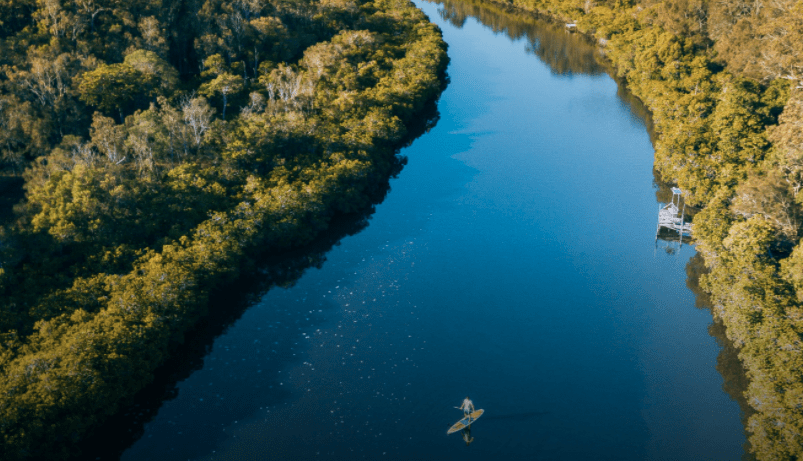Sunshine Coast declared UNESCO Biosphere Reserve

The announcement, made by UNESCO’s Man and the Biosphere (MAB) governing body in Paris on 15 June 2022, recognises the region as an international site of excellence and an area of natural beauty.
The new reserve covers a total area of 258,500 hectares and includes protected land and marine areas, as well as urban and rural regions.
The addition of the Sunshine Coast Biosphere Reserve makes Queensland’s Sunshine Coast the only place in the world where three UNESCO Biosphere Reserves align, with the new reserve sitting just south of the existing Noosa and Great Sandy Biosphere Reserves.
Together the three reserves form a biosphere corridor that stretches from the Glass House Mountains in the south, along more than 100km of pristine coastline through Noosa and north to Tin Can Bay.

What is a Biosphere?
Biosphere Reserves are areas of land, marine and coastal ecosystems that are managed with the aim of balancing biodiversity conservation and the sustainable use of natural resources.
They are areas of natural beauty where people live and work and where active conservation sits alongside responsible development and people living sustainably.
Australia now has five biospheres: Sunshine Coast Biosphere Reserve (Queensland), Great Sandy Biosphere Reserve (Queensland), Noosa Biosphere Reserve (Queensland), Fitzgerald Biosphere Reserve (Western Australia), Mornington Peninsula and Western Port Biosphere Reserve (Victoria).
Across the world there are currently 738 biosphere reserves in 134 countries, that belong to the World Network of Biosphere Reserves.

Image courtesy Australian Department of Agriculture, Water, and the Environment.
Visit Sunshine Coast CEO Matt Stoeckel says the region’s new Biosphere Reserve credentials “provide an important platform for us to help share our eco credentials and commitment to the environment with visitors.”
“Our environment is what makes us special, and it’s not something the tourism industry here takes for granted.
“We have some great examples of sustainable and eco certified operators, including tours where visitors are encouraged to carbon offset their travel, and accommodation providers where rainwater is captured and recycled and all scraps and green waste composted.”
The Sunshine Coast boasts more than 9700 hectares of open space which includes over 800 hectares of recreational parks. The area is 55% native vegetation and 63% of the coastline is in a ‘natural’ or ‘near-natural’ state.


